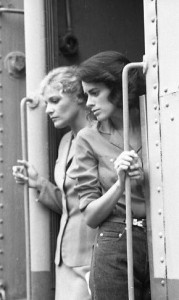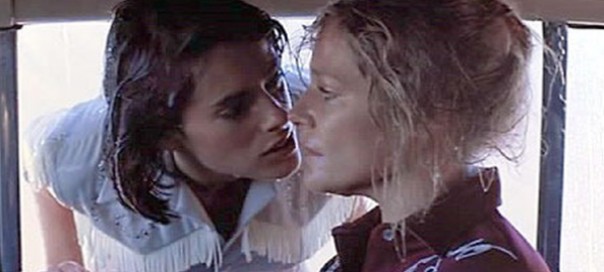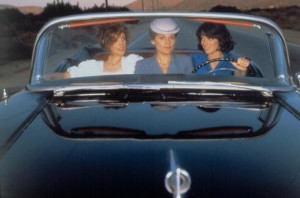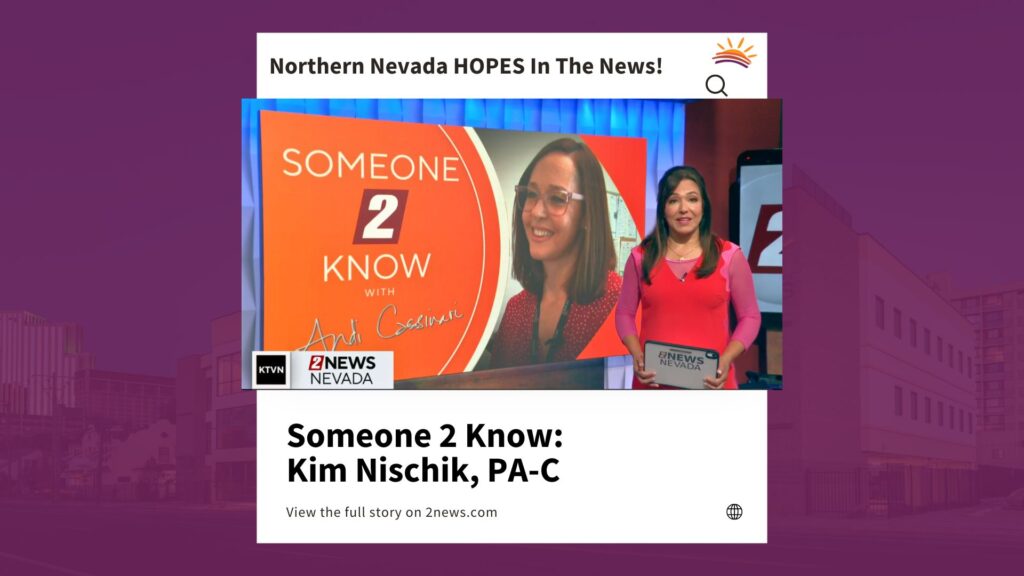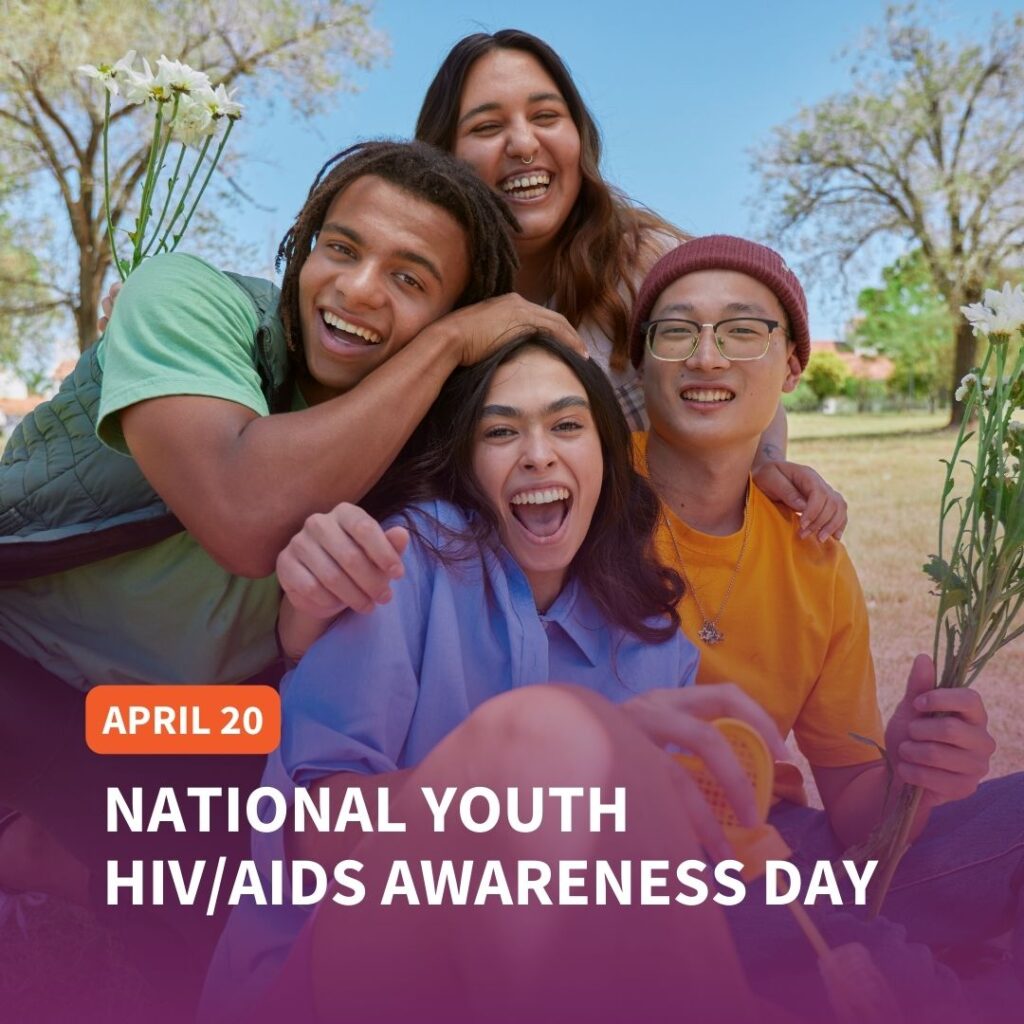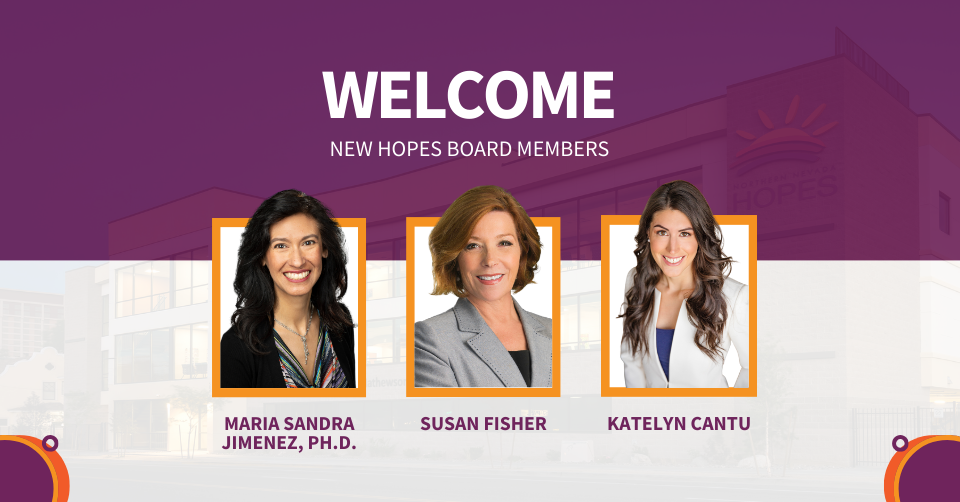OutWest Film Fest will screen Desert Hearts on Oct. 17 starting at 7 p.m. at the Nevada Museum of Art in downtown Reno. Director Donna Deitch will come to the screening to talk with the audience and answer questions. Get your tickets here.
Desert Hearts is a seminal LGBT film that came out in 1985. We thought it was the perfect movie to headline the first annual OutWest Film Fest. Not only was it filmed in Reno, but it’s also the 30th anniversary of this trailblazing film.
To get ready for OutWest Film Fest, HOPES Content Developer Clint Demeritt called Donna and had a conversation about Desert Hearts.
In this interview, we talk with Donna about the challenges of making the film, shooting the film in Reno, Desert Hearts’ groundbreaking LGBT theme, how the rerelease of the film help bring it to new audiences, and the Desert Hearts sequel she is developing.
Read the interview below, or you can listen to the unedited audio interview through SoundCloud:
CD: A lot has changed since the movie has come out. Can you tell me the climate of the 1980s for LGBT people? What was it like making a film at that time?
DD: First of all it was very, very difficult with regards to the casting. Because casting agents really advised clients not to come in and read for any of the parts. Not just for those two characters who became lovers, but for any of the parts in the film. It was hugely controversial and the word was that if you were even in this film, in any of the parts, it would just be destructive to your career.
CD: Why did you set the movie in Reno?
DD: Well the story takes place in Reno. It’s the story of a woman who comes to Reno in 1959 when Reno was the divorce capital of America. And she comes to get a divorce much as Marilyn Monroe did in the Misfits. And she came to Reno, that character (Marilyn Monroe) did, and she ends up falling in love with Clark Gable.
And so, Reno was the divorce capital of the world, this woman (Shaver) came to Reno to get a divorce and instead of falling in love with a Clark Gable, she falls in love with a change girl who works at the local casino. So it’s a little bit of a twist on the Misfits.
But I filmed in Reno basically because Reno was the divorce capital of America in that time.
CD: What was it like filming in Reno?
DD: I loved shooting in Reno. I don’t know if people are still shooting in Reno much, but I loved shooting in Reno.
Reno offered and the area offered everything we need with the exception of the vintage train, which we shot in Fillmore, Ca. But it had everything: it had casinos, it had locations for dude ranches, and it had beautiful Pyramid Lake with some of the walking scenes were out there. It offered every location, like I said, except for the vintage train.
It’s nice to shoot where a story takes place as opposed to making a place look like something it’s not. And often times these days people shoot where they get the best rebates and tax advantages. But at that time, Reno was perfect. The story actually took place there and we were able to shoot there and it was very, very friendly toward us. It was a wonderful experience.
CD: A lot of people have said this is one of the best lesbian films ever made. I would say these characters are really true to life. What, do you think, was the problem with how lesbians were portrayed before this movie was made and how were you attempting to fix that?
DD: Well, I’m not attempting to fix anything. I just had a story to tell. The way they were portrayed, at least in mainstream film prior to Desert Hearts, the stories always ended in a bisexual triangle or suicide and I wanted to make quiet a different story from that. In fact, it was part of my intention to make a lesbian love story that didn’t end in a bisexual triangle or love story, this hadn’t been done before.
One doesn’t set out to make a stereotype. This is an adaptation of a book by Jane Rule called Desert Of The Heart and there’s nothing about those characters or that story that in any way stereotypical.
I’m interested in breaking the rules as opposed to coping stereotypes so that would not be an objective of mine. I wanted to make a very hot lesbian love story.
CD: What first attracted you to this book?
DD: Originally, I was thinking of writing an original script. Because I was basically motivated by the desire to make a really hot lesbian love story that did not end in a bisexual triangle or a suicide. That was my initial motivation. And then a friend of mine gave me this book and I read it seven times in a row and I thought: “this really has the story that I’m after, this satisfies the story that I really want to tell.” So I got in touch with the author who lived in Canada and I optioned the book from her.
She was very excited. She was approached by one or two of the studios in L.A. about getting this book made and she refused the sale to them because she thought they would just screw it up and not be true to the book. She just didn’t trust them.
So I came along. She and I met in person and she had looked at some of the films I had made previously which were all documentaries. And we hit it off and I optioned the book from her. She gave it to me with her blessing. She had no desire to be a part of writing the screenplay or to know anything about how it was coming along or anything at all. Then the next thing was, some years later she saw it at the Toronto Film Festival.
CD: What did she think of the film?
DD: She loved the film. The film is separate from the book, it stands on its own. It’s inspired from the book, but it’s very much its own entity. She became a very big supporter of the film.
CD: Well you said you wanted to make a really steamy love story, I definitely think you hit that mark. It’s kind of a famous love scene, how did that whole scene go and what sets it a part from other lesbian love scenes?
DD: We’ll I’m no expert on other lesbian love scenes.
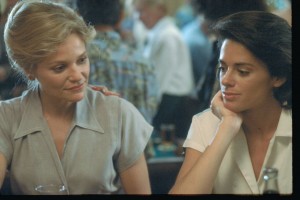 But, I can only say that it was very intentional, that I wanted it to be an actual scene. You know, scenes have beginning, middle and end. And I wanted it to be a scene.
But, I can only say that it was very intentional, that I wanted it to be an actual scene. You know, scenes have beginning, middle and end. And I wanted it to be a scene.
I did study love scenes to see what worked, what didn’t and why. And I took a close look at that. All sorts of love scenes.
Thirdly, I did have long involved conversations with both of them and a commitment before I hired them to be in the film to commit to the scene fully- without reservation, without body doubles, without any reservations at all. Then I fully trusted that based on our conversations, before I hired them.
And then I scheduled it as the second to the last day of shooting so they would know each other as well as they could as opposite to, perhaps, earlier in the shoot. They would feel confortable with each other and I had a closed set. And I think all of that contributed to why it works so well. It was a very, very structured scene, it was not a free for all in there.
CD: You were talking about how hard it was to find actresses for the roll. Tell me about Helen Shaver and Patricia Charbonneau and why they worked for these parts.
DD: Chemistry.
CD: Oh yeah? What was the chemistry like between the two?
DD: Well they had it. So, first I cast Patricia, I cast her in New York. She was a theater actor, she hadn’t done any film, but I felt very certain that she could play this part and she was as I imagined this character. And when I had narrowed it down in LA to three possibilities for the part of the English professor, I flew Patricia out and I read her in the room with each of those actresses. This is something that is rarely done in Hollywood movies and the reason it’s not done is because parts are cast and given to stars for the most part. And stars don’t audition together. So you don’t know if there is chemistry. You imagine there might be. It’s not something you get to see in advance unless these two actors have been in a film before. Until you get them in the same room, you don’t know if there is chemistry or not. And chemistry is rather ephemeral thing that can happen or not. And sometimes it can perhaps not be there in its entirety and can be conjured up. Sometimes there just isn’t any and we’ve all seen films where there’s just no chemistry.
So when Patricia was reading with Helen, there was definite, palpable chemistry in the room between the two of them and I knew it could be fired up.
CD: So you’re putting together the sequel for this film.
DD: Yeah, I am going to be making a sequel. It’s a rather unconventional sequel, because it doesn’t follow these two characters. It follows what I call the world of Desert Heats.
They (Shaver and Charbonnaeu) become supporting characters in the sequel. And the sequel takes place in New York from 1968 to 72. So it begins about 11 years later. And it’s set in the heart of the so-called women’s movement, second wave of the women’s movement at that time in New York City.
And when I say it doesn’t follow these characters but it’s about the world of Desert Hearts, well the world of Desert Hearts is a world of coming out. And coming out really means being true to yourself, being your authentic self. And this time in American history was probably when more women came out as lesbians than anytime in American history. And this (Desert Hearts) becomes backstory.
CD: I watched the movie on Netfilx before this interview, how has that affected the film? Has it given the film new life, or is it something you’re not a fan of?
DD: No, I love Netfilx, but it’s just another outlet.
What I would say what boosted the film, whether it was Netflix or you can get it on Amazon, or you can buy it a whole bunch of different places. What happened with the film is that it was reissued. It came out a second time. And when that happened I put out a new DVD, which has all sorts of extras that the original DVD package did not. And that includes all sorts of behind the scenes stuff. It’s a really fantastic package because it goes way beyond the film, it’s a two-disc set. It has an interview I did with Helen and Patricia. It has a whole section of black and white stills from the shooting of the movie. It has a new directors voice over where I talk about the making of the movie. It has an analysis of the love scene.
So all of these extras are on disc number two. And when that came out, regardless of where you could buy it, you could buy it on Amazon, you could buy it on Netflix and other places. That’s what boosted sales of the movie, was that second cycle of distribution with a double disc set.
And I just last week was invited to Yale to show it at Whitney, and hundreds and hundreds of students came. That place was totally packed. They’re all between 20 and 25 years old. They just went crazy for the film. They absolutely loved it.
Make sure you get your tickets to Desert Hearts at the OutWest Film Fest website.
